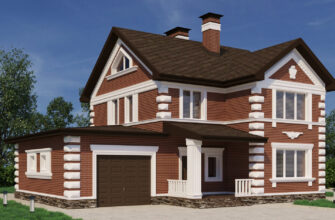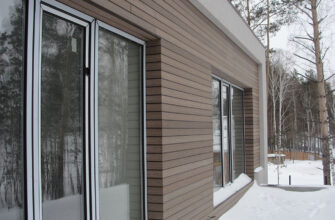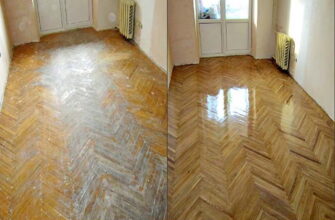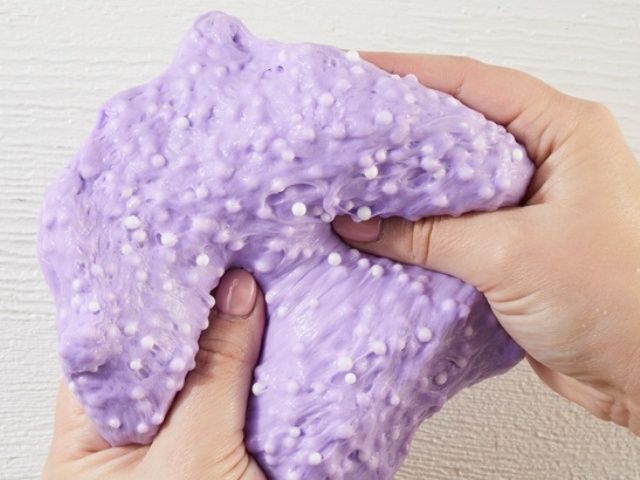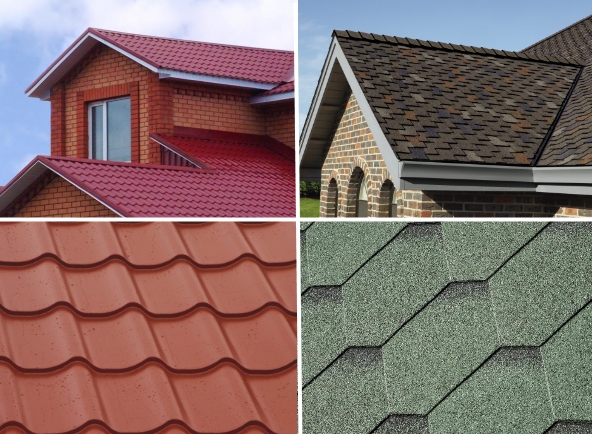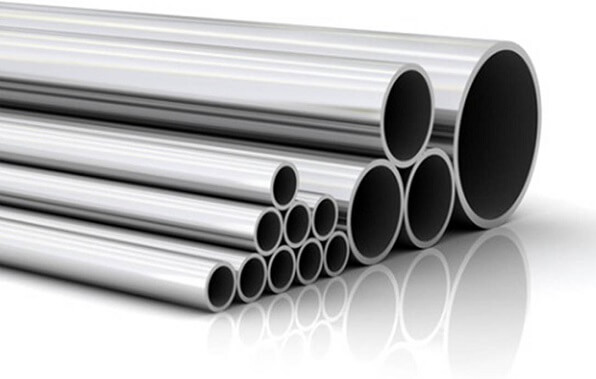Previously, the polymer industry produced several types of roll flooring:
- alkyd,
- glyptal,
- colloxylin (nitrocellulose),
- rubber (relin),
- PVC.
In the process of natural selection, the most competitive species survived – PVC (PVC) linoleum. Compared to other coatings, production of PVC linoleum is more environmentally friendly, like the result of this production. In addition, in terms of a number of performance characteristics, PVC linoleum is head and shoulders above its opponents..
Modern technology for the production of linoleum consists in the preparation of a covering linoleum mass, which with the help of calenders (powerful roller presses) then pressed onto jute fabric. The coating mass is obtained by mixing a pre-prepared binder. it, usually, linseed oil oxidized in the presence of catalysts and molten wood resins with fillers (limestone, pigments and wood, cork and linoleum flour).
Linoleum flour is ground waste from the production of linoleum.. This additive speeds up the process of its maturation. (tk. linoleum waste binders have already been oxidized). AND, Besides, the use of production waste eliminates the problem of their removal and disposal.
Raw materials pass through a multi-stage mixer system, since the success of subsequent processing operations and the quality of the finished coating depend on the good mixing of the linoleum mass. so here, calender rolls rotate towards each other, and the rotation speed, as well as the heating of each of them is regulated completely independently of each other. This makes it possible to create different types of surface textures..
Then the linoleum cloth itself in the form of an endless tape with a width 200 mm is removed from the calender and enters the ripening chamber. This is the longest operation in the technological process., which can last from 2 to 4 weeks, depending on coating thickness.
so, in a special chamber, the final polymerization of linoleum takes place and the required margin of safety is set. Then to improve the surface quality, it is treated with acrylate dispersion, which is then cured in an infrared radiation field. Drawing it “alien” from an environmental point of view, the material is quite justified: acrylate dispersion, closing the pores of the linoleum surface, protects the binder from the negative effects of aggressive substances during operation. After the finish layer has hardened, the linoleum cloth is cut into pieces about 30 m, packed and sent to the warehouse.
There are still questions? Want to learn more about linoleum and how pvc linoleum is made – watch the video for this article. Enjoy watching!
